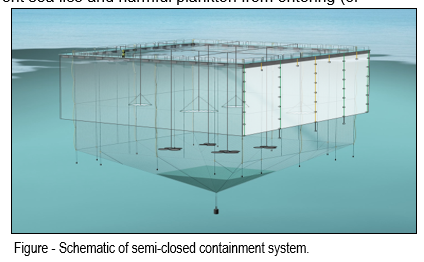PRECISION FARMING DRIVING INNOVATION AND THE BENEFITS TO ACHIEVING AND MAINTAINING MULTI-SITE CERTIFICATIONS
Grieg Seafood BC Ltd. (Grieg) and Scoot Science of Santa Cruz, California partnered together to create an innovative ocean analytics and data management platform that provides real-time data on ocean environmental conditions to Grieg’s Atlantic salmon farms in British Columbia. This platform, the SeaState Dashboard, unifies existing sensor networks on farms, collecting cover one million data points every day, with publicly available data to provide a clear window into how salmon farms react to changing ocean conditions. The SeaState platform uses predictive modelling to forecast the environmental conditions up to three days in advance with extreme accuracy. This means better predicting ocean trends, giving Grieg an opportunity to reduce its exposure to marine risks, such as harmful plankton blooms and sea lice outbreaks, improve fish welfare and efficiency and support conformity with certification standards.
However, to have operational value from data-driven decision support, effective mitigating measures must be available. Grieg is currently trialling floating, semi-closed containment systems which are the first of their kind in BC. Semi-closed technology uses impermeable barriers between the farm-raised fish and the surrounding ocean to prevent sea lice and harmful plankton from entering (or leaving) sea pens. Deep water is pumped into the farmed enclosure, bringing cooler, higher oxygenated water to the farmed fish. Plankton and sea lice are generally found in the top layers of the water column. Pumping deeper water into the pens reduces interactions with both plankton and sea lice.
The SeaState platform combined with the semi-closed containment system enables Grieg to achieve and maintain conformance with challenging certification indicators in the BC Coast, including maintaining sea lice thresholds. Grieg is also aiming to have all 16 operational sea sites included in our current ASC Multi-site Certification certificate.
This presentation will briefly review the concept of precision farming, data-driven decision-making processes, the benefits of semi- closed containment and how they support sustainable certification standards .
